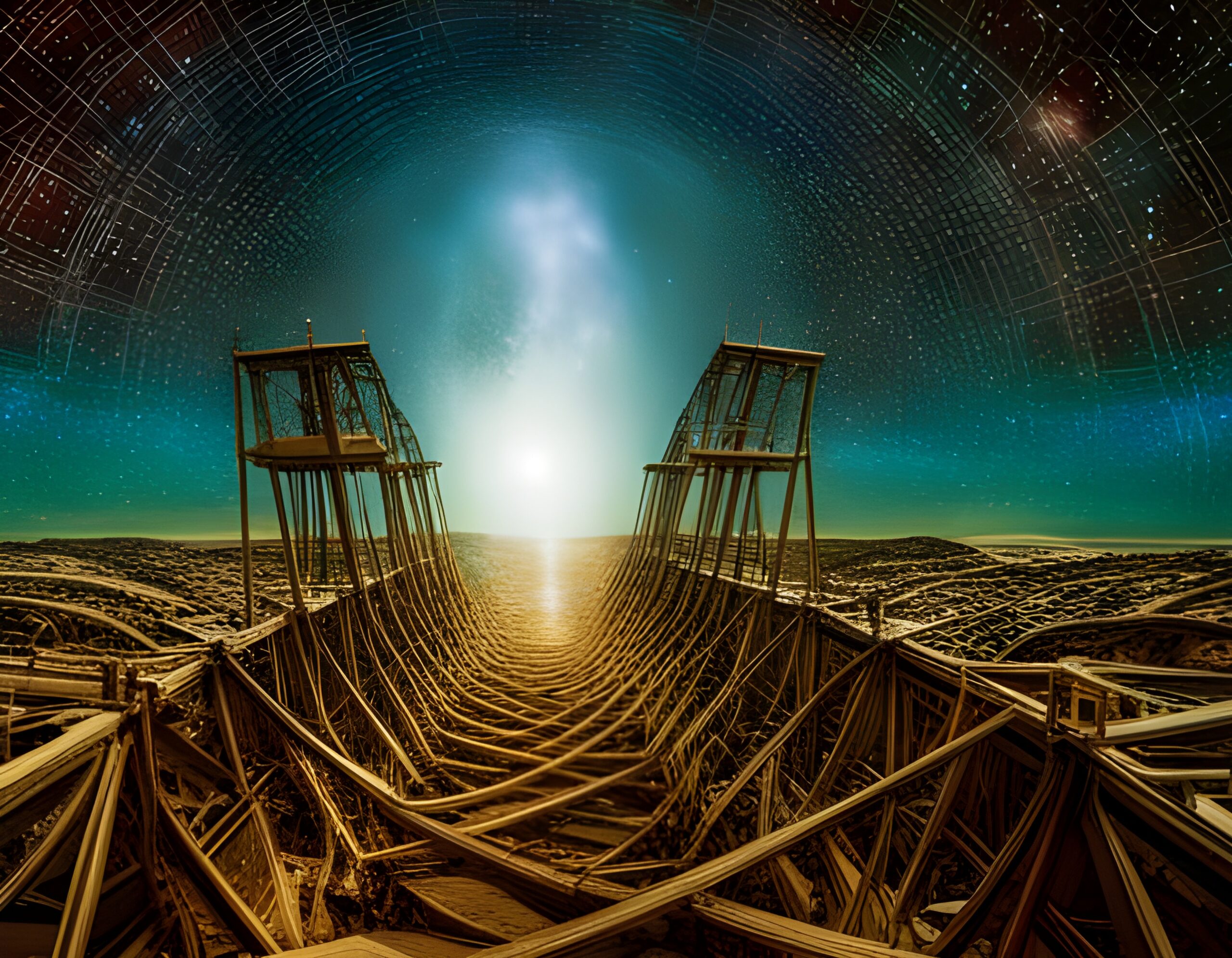The term “opposition” in astronomy has been used for centuries and efers to the alignment of a celestial object (such as a planet) in opposition to the Sun, with the Earth located in between. During an opposition, the object is at its closest point to Earth and appears brightest in the night sky.
The concept of planetary opposition has been known and observed by ancient astronomers long before the modern era. Ancient civilizations, such as the Babylonians and Greeks, were already aware of the regular patterns of planetary motions, including oppositions. It’s challenging to pinpoint the exact time when the term “opposition” was first used, as it has likely evolved over time in various languages and cultures. Nevertheless, the concept has been a fundamental part of astronomy for millennia.
In the nineteenth century, opposition occurs when Mars, Earth, and the Sun are aligned in a straight line, with Earth in the middle. This positioning brings Mars closer to Earth, making it appear brighter and more prominent in the night sky. Here are the periods of opposition when Mars was closest to Earth in the nineteenth century:
- February 15, 1818
- December 12, 1830
- November 14, 1848
- October 5, 1862
- September 28, 1877
- September 23, 1892
During these oppositions, Mars was at its minimum distance from Earth, making it an optimal time for astronomers and skywatchers to observe the planet with greater clarity and detail.
Here are somereferences to literature where Mars opposition has been creatively used as a plot device or backdrop:
- Edgar Rice Burroughs’ “A Princess of Mars” (The Barsoom Series): In this classic science fantasy series, Mars (Barsoom) plays a prominent role. The protagonist, John Carter, is mysteriously transported to Mars during a time of opposition (1862?), where he becomes embroiled in the planet’s conflicts.
- H.G. Wells’ “The War of the Worlds”: The novel depicts an alien invasion from Mars during a time of opposition (1892?) when Mars is closest to Earth. The Martians take advantage of their proximity to launch their attack on our planet.
- Ray Bradbury’s “The Martian Chronicles”: This collection of interconnected stories envisions the colonization and exploration of Mars by Earthlings during multiple Martian oppositions.
- Kim Stanley Robinson’s “Red Mars” (Mars Trilogy): This science fiction trilogy explores the terraforming and colonization of Mars, with several oppositions playing significant roles in the story.
- Andy Weir’s “The Martian”: In this novel, a stranded astronaut on Mars plans his survival and rescue during an opposition, where the distance between Mars and Earth is at its minimum.


